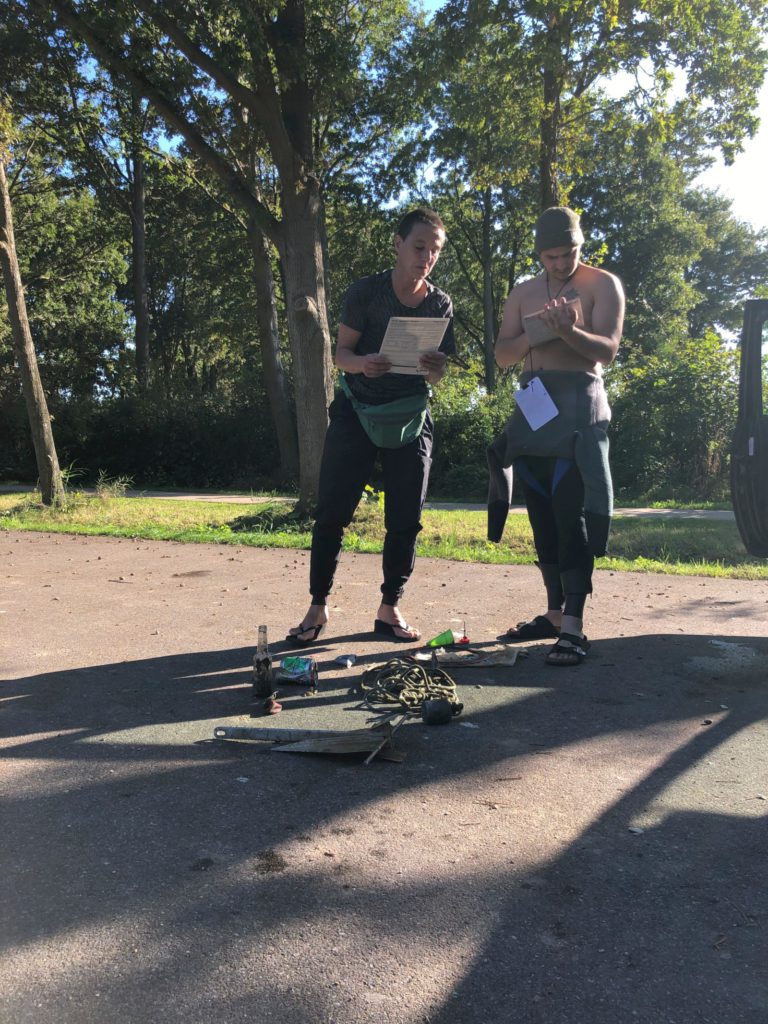Additional information
| Minimum Age (years) | 12 |
|---|---|
| Minimum Prerequisite Certification | Open Water Diver |
| Available in (language) | Dutch, English, German |
| Materials | Excluding gear |
Do you want to make a difference on every dive but are not sure where to begin? Gain the knowledge and skills to activate your inner citizen scientist by taking the Dive Against Debris® Specialty. You’ll learn to complete Dive Against Debris surveys under the guidance of a PADI® Professional and help keep you your local dive sites healthier by removing trash. If you’re a PADI (Junior) Open Water Diver who is at least 12 years old, you can enroll in the Dive Against Debris Specialty course.
Every year tens of thousands of marine animals and seabirds die from eating or getting tangled up in marine debris – or trash in the ocean. Marine debris also damages habitats, makes coastal areas unattractive to visit and is expensive to remove. As much as seventy percent of the rubbish entering our ocean sinks to the seafloor; only divers have the skills to tackle underwater marine debris.
To make long-term improvements individuals, businesses and governments need to make changes that stop rubbish from entering the ocean. For the best results, these changes must be driven by an accurate picture of the extent of the marine debris problem. By completing Dive Against Debris® surveys you and your students help build that picture from an underwater perspective. The data you collect through Dive Against Debris® helps drive changes that protect marine life and marine environments.
Before we go diving, cleaning up, measure and properly dispose of, we are having a theory session first. We will cover how to properly organise a DAD dive to achieve an optimal outcome. The following topics will be discussed:
Marine debris: the damage done, what it is, where it comes from and how divers are part of the solution.
Establish a Dive Against Debris® survey: survey frequency, sites, profiles and equipment. Use of photography and knowing what to leave behind.
The five easy steps to maximise the benefits to the environment of a Dive Against Debris® survey.

Final thoughts on Dive Against Debris® and how to join the global Project AWAREmovement of scuba divers protecting our ocean planet.
These materials will be handed out to you by your instrcutor during the course. They are also available online on the Project Aware webiste.
| Minimum Age (years) | 12 |
|---|---|
| Minimum Prerequisite Certification | Open Water Diver |
| Available in (language) | Dutch, English, German |
| Materials | Excluding gear |